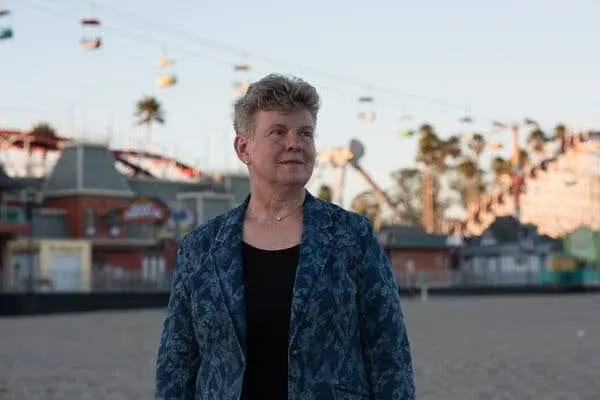
Ask Nicole: Returning to School During COVID-19
Nicole M. Young, MSW
We’re living in strange times. Businesses need to reopen so the economy can recover. Parents need childcare and schools to reopen so they can work. Children and youth need to return to childcare and schools so they can learn, socialize, have access to healthy food, and get social emotional support. But as COVID-19 cases rise again, so does the stress and worry about health risks. I don’t envy anybody who is trying to plan for the new school year. It’s a daunting task, so let’s practice compassion as we all do our part to keep our community safe.
Dear Nicole, I’m stressed out about the new school year. I want my kids (6, 12) to go back to school. Working from home while my kids were distance learning was really hard last spring, and my kids are desperate to be with their friends again. But I’m worried about the possibility of them being in classrooms before COVID ends. They don’t like wearing masks for long periods of time. And getting back into the school routine will be a huge shock! They’ve gotten used to staying up late, sleeping in, and nearly unlimited screen time. Got any tips? Sandy
Dear Sandy, You’re not alone in feeling this way. Here are some tips to try:
Help your children prepare for changes. Talk about what will be different about school, such as whether students will be attending school on campus with new safety procedures, doing distance learning, or a combination of both. If (or when) your kids attend school on campus, talk about any school rules for handwashing, maintaining physical distance, wearing masks, and bringing their own supplies. Have your kids practice following these rules at home before school starts. Start small – i.e., wear masks for 15 minutes the first day, then increase to 30 minutes a few days later. Continue increasing the amount of “practice time” every few days so they get used to their masks.
If your kids will be doing distance learning some or all of the time, review the daily schedule together. Discuss any difficulties they (or you) had last spring and brainstorm ideas for handling them this year. Suddenly switching to distance learning was hard for teachers and administrators last spring, too, but schools have learned a lot since then. Ask about your school’s plans to provide high quality instruction, technology support, and other types of resources to make distance learning more accessible and effective for diverse learners.
Re-establish routines. Many families relaxed their rules and routines while sheltering in place. This was a crucial survival strategy at the time, but re-establishing routines can actually help reduce stress. Talk with your kids about easing back into their routines for getting ready for school (even if it’s 100% virtual), doing schoolwork, mealtimes, bedtimes, and screen time. Kids might resist this, especially if their routines changed significantly while sheltering in place. Try to reintroduce one routine at a time instead of making several changes at once. For example, if your kids stay up really late, gradually move their bedtime up by 15 minutes every few nights until they are going to bed at the desired time when school starts. Once they get used to moving toward an earlier bedtime, reintroduce another rule or routine, like screen time limits.
Expect big emotions. Kids of all ages may feel worried, elated, frustrated, excited, scared, relieved, or anxious from one moment to the next. This is common at the beginning of every school year, but might seem more extreme this year. Listen, then acknowledge their feelings—“I can see this is really hard,” or, “It’s ok to feel that way.” Let them express their emotions before trying to problem-solve. During calm moments, teach them techniques like deep breathing, yoga, or coping statements (affirmations) so they can use these tools when their emotions take over.
Take care of yourself. Do something you enjoy every day—exercising, reading, listening to music, talking to friends, or something else. This will help you stay patient and present for your kids.
FINAL THOUGHTS: Preparing for the new school year is a reminder of how much COVID-19 has changed our lives. Things may never return to “normal,” but positive parenting strategies can help children, families, and schools adjust to this new reality.
This monthly article provides tips for families raising children, based on the world-renowned Triple P – Positive Parenting Program, available to families in Santa Cruz County. If you have a question or idea for a future column, please email triplep@first5scc.org.
Nicole Young is the mother of two children, ages 16 and 20, who also manages Santa Cruz County’s Triple P – Positive Parenting Program, the world’s leading positive parenting program. Scientifically proven, Triple P is made available locally by First 5 Santa Cruz County, the Santa Cruz County Health Services Agency (Mental Health Services Act) and the Santa Cruz County Human Services Department. To find a Triple P parenting class or practitioner, visit http://triplep.first5scc.org, www.facebook.com/triplepscc or contact First 5 Santa Cruz County at 465-2217 or triplep@first5scc.org.




